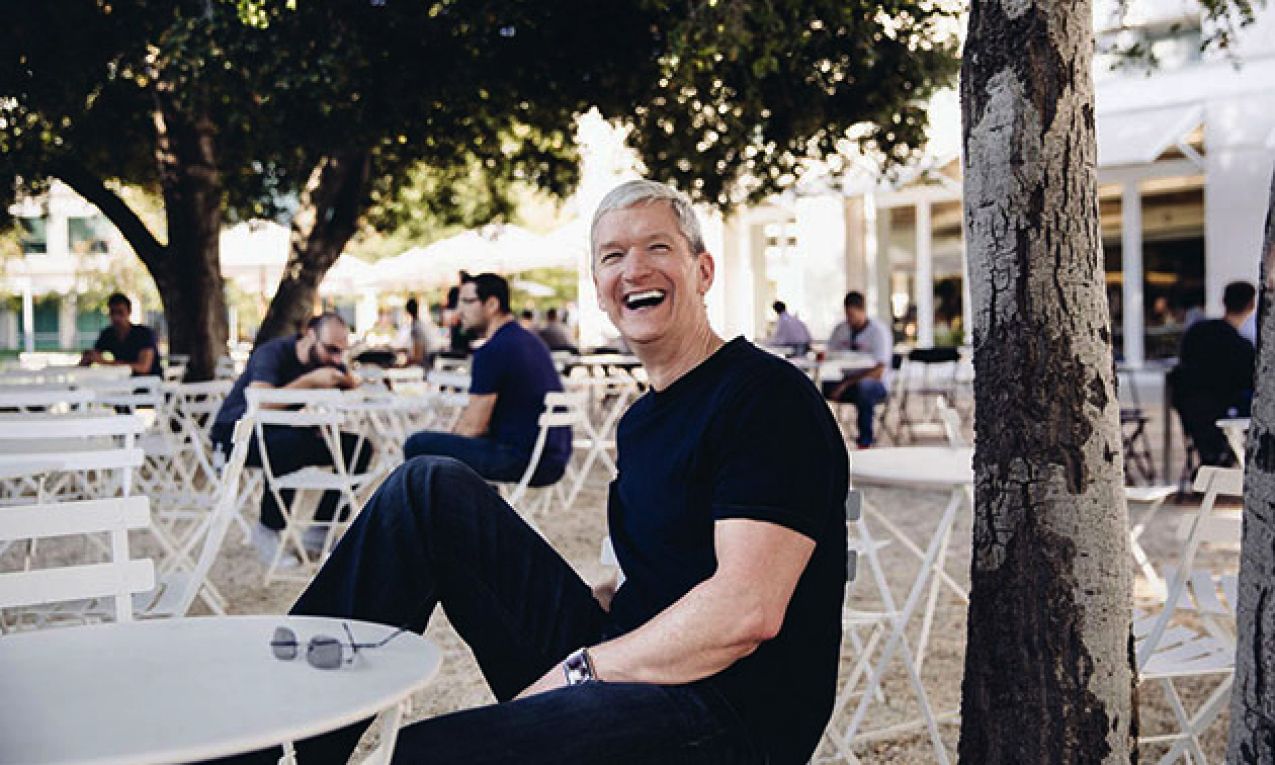Apple seems to have plotted a legitimate yet cunning scheme designed to capture millions of dollars in revenue from high-profile subscription apps like Tinder and HBO. It involves buying Google ads which take customers to an app’s page on the App Store, potentially preventing people from realizing they could also subscribe on the web.

HIGHLIGHTS
- Apple is buying Google ads for major subscription apps that lead to App Store pages
- Apple wants to make the user subscribe via its In-App Purchase within an app
- In-app subscriptions are subject to Apple’s cut ranging from 30 to 15 percent
- Contrast this to external web subscriptions that rob Apple of its cut
Why Apple is buying Google ads against subscription apps
For years, Apple’s steering rules prohibited developers from even telling customers about signup methods other than Apple’s own In-App Purchase mechanism, let alone provide a link or a button to actually take the user to their own signup page. But Apple bowed to regulator pressure and now any all “reader” apps may provide such in-app links for customers to follow. Read: How to download iPhone apps unavailable in your country
But if a user follows a link to a Netflix signup page to buy a subscription on the web using alternative payments, Apple’s 30/15 percent cut does not apply. With this important change soon to be implemented, the company has found a cunning way to keep capturing those revenues even if app developers decide to implement external web links.
Apple is secretly buying Google ads for high-value apps to collect potentially millions of dollars in subscription revenue, multiple app publishers have told me. Apple is placing the ads without the app developers’ consent, and Google won’t delete them, they say.
The cost: potentially millions of dollars in lost revenue. Plus, high advertising costs for their own campaigns. It’s a form of ad arbitrage, they say, and it’s been going on for at least two years.
These ads ensure that the App Store link for HBO, for example, is the first thing people see in their search results when searching for “HBO” rather than the official HBO website. Apple has been doing this for cherry-picked apps that generate millions of dollars in subscription revenue, including dating apps like Tinder, Plenty of Fish and Bumble, as well as major streaming apps, apps with expensive subscriptions like Masterclass and so on.
The ads don’t disclose that they are from Apple and would, to most observers, simply look like ads from the brands and app publishers themselves that happen to go right to the App Store. They do, however, have similar tracking links with near-identical parameters that indicate one agency is likely placing all of them.
Developers aren’t too happy about it:
When people buy access to a service via a subscription in an iOS app, they are essentially Apple’s customers. For privacy reasons Apple does not provide much information about them to the apps or businesses that run the apps. That means it’s hard to do customer service, address issues, or solve any problems.
Apple is painfully aware some of the subscription revenue it collects from apps will be going away when it kills the anti-steering rule in December 9, 2021. It’s in Apple’s interest to maximize the money it’s making from in-app purchases but buying ads to steer people away from web subscriptions may be exactly the kind of dirty business tactics that have gotten the company in hot waters with regulators in the first place.